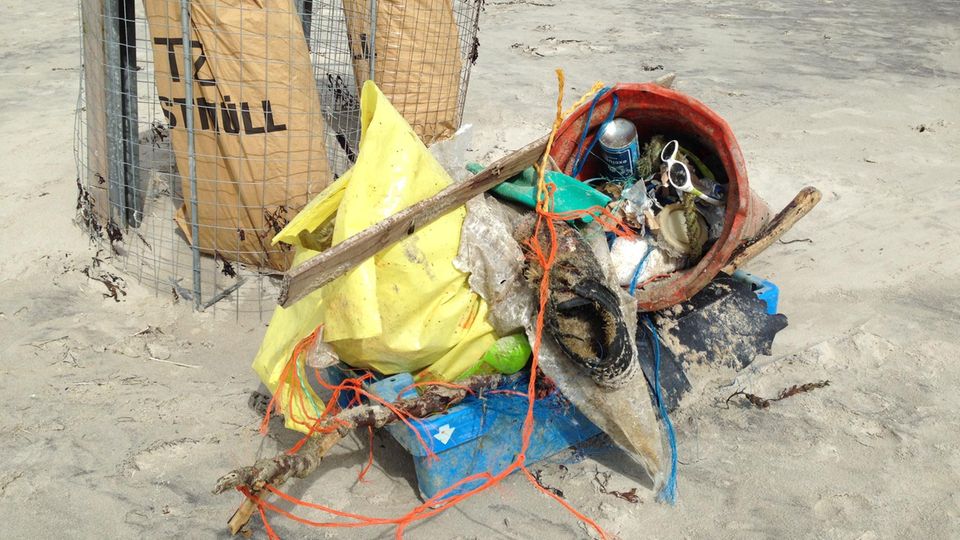EU Commission
From sports fields to cosmetics: microplastics will be banned in the future
Plastic products often end up in the environment. Certain products containing microplastics are now no longer allowed to be sold in the EU.
© Armin Durgut/AP/dpa
Huge amounts of microplastics enter the environment through products sold in the EU. Right now this will finally end up here. Glitter should be off the market in 20 days.
The ban therefore affects, for example, granular material on sports facilities, cosmetics such as peelings or glitter, as well as toys and pesticides. The measures should be implemented gradually: The ban on microbeads and loose glitter should come into force in 20 days, in other cases the sales ban should only come into force in the coming years.
This is microplastic
The term microplastic refers to synthetic polymers that are difficult to degrade and are less than five millimeters in size. The particles accumulate in animals, including fish and shellfish, and can therefore also end up in food. The new regulations are intended to prevent the release of around half a million tonnes of microplastics into the environment.
According to the Commission, the granules on artificial turf pitches and other sports facilities are the largest source of the release of added microplastics and are therefore an environmental problem. The microplastic ban should therefore come into force here after eight years – “to give the owners and operators of sports fields the time to switch to alternatives”.
Products that are used at industrial sites or that do not release microplastics during use are reportedly exempt from the sales ban.
Better recycling
Why you are probably separating your plastic waste incorrectly
However, their manufacturers would need to provide instructions on how to use and dispose of the product to avoid releases of microplastics. There are also certain exceptions for medicines as well as food and feed.


